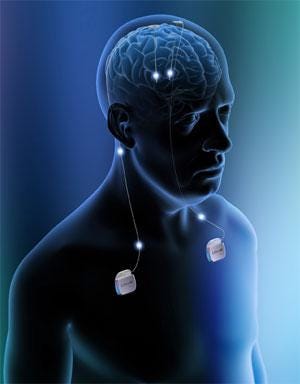
Watch and share this public service announcement featuring U. Early signs may be mild and go unnoticed. Precaution and Self Care for Parkinson ’s disease. You may feel tired or uneasy. Parkinson’s disease may be something you don’t notice suddenly.
Some people will first notice a sense of weakness, difficulty walking, and stiff muscles. Others may notice a tremor of the head. Non-motor symptoms, which include dysautonomia, cognitive and neurobehavioral problems, and sensory and sleep difficulties, are also common.
Impairment or death of nerve cells in the brain leads to the development of the condition. The loss of these neurons causes a decrease of the neurotransmitter dopamine. Not all of the signs and symptoms are. An early sign may be a tremor in the hands. Find out how to spot symptoms earlier so your doctor can treat them.
Learn more about each stage and associated symptoms. Symptoms can be managed with medication and therapy. The rating scale will assess motor symptoms such as movement and tremors, as well as non-motor symptoms such as loss of smell. Identifiable causes of parkinsonism include toxins, infections, side effects of drugs, metabolic derangement, and brain lesions such as strokes. It is also the most common movement disorder.
The onset is gradual where the symptoms begin and progress slowly over time. The physical signs such as shuffling gait, resting tremor, speech difficulties and mental deterioration result from the death of cells in the brain that produce the neurotransmitter dopamine. If you have two or more of these symptoms, you may want to talk to your doctor.

The National Institute of Neurological Disorders and Stroke (NINDS) estimates about 50people are diagnosed with PD each year in the U. But the order in which these develop and their severity is different for each individual. People living with this disease have a deficiency of dopamine, a brain chemical that aids in controlling your body’s movement. Tremors and Shaking This is one of the most recognized symptoms. In some people, one or more cognitive processes are impaired.
In addition, there are treatments available that can help at every stage of the disease. However, the earlier the diagnosis, and the earlier the stage at which the disease is diagnose the more effective the treatment is at alleviating symptoms. Some are hard for even doctors to detect.
If they could turn back the clock, most people would find several warning signs that went undetected. There are more signs , but we’re going to focus on these seven: Sleep disorders. The most common disorders are insomnia (difficulty sleeping), restless legs syndrome, and REM sleep behavior disorder. A slight tremor in the extremities, such as the han foot, or fingers, could mean you have the early stages of the disease.
Later, steps may become slow and small, and a shuffling gait (festination) may appear. Here are the signs you might have the disease. No single one of these signs means that you.

For example, they may have difficulty starting the movement or slowing it down.
No comments:
Post a Comment
Note: Only a member of this blog may post a comment.